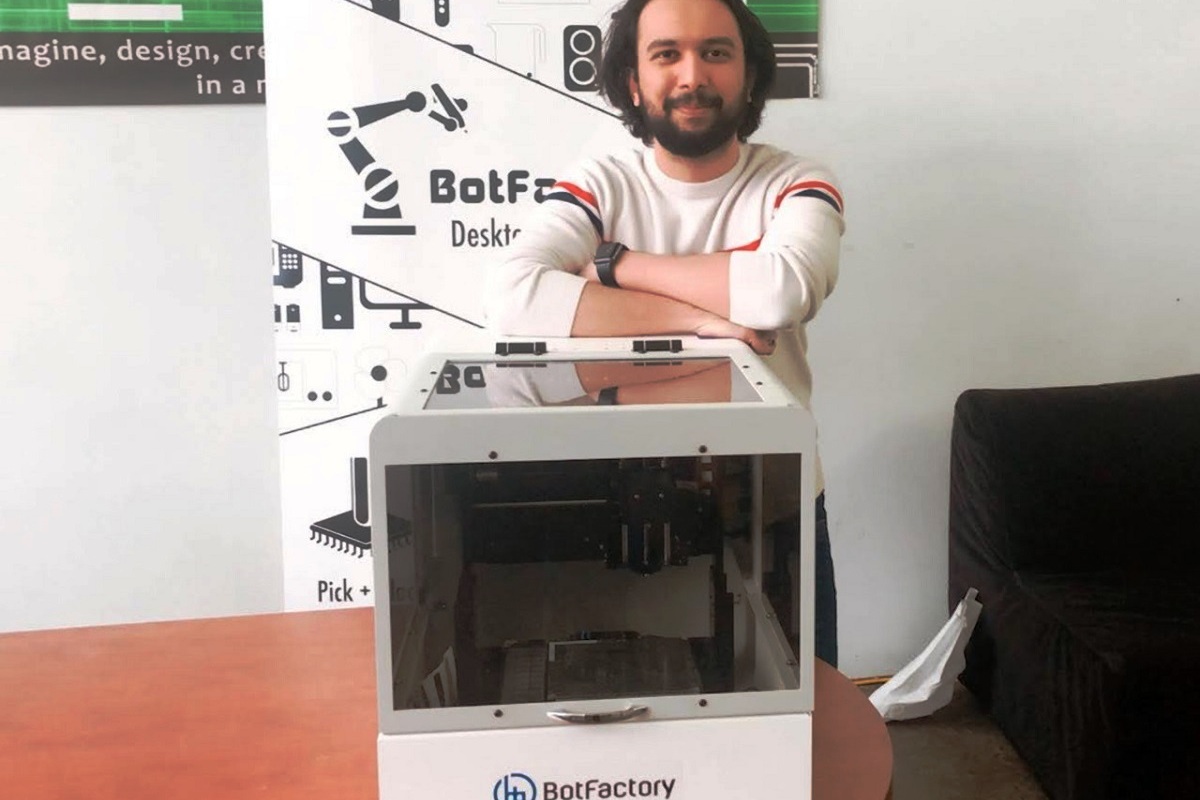As the most widely available component of the electronics development industry, Printed Circuit Boards (PCBs) empower almost all the electronic devices you see around you, every day. With such essential technology, India meets its staggering 70 percent demand for electronic components through imports, mainly for the construction of consumer electronic and medical products. Reducing this growing import reliance on electronic components has been one of the hardest challenges faced by the Indian government in the last few years.
India’s electronic fabrication industry grew through government policies and incentives as well as foreign funding in the early years of the twenty-first century. With the Printed Circuit Boards (PCB) at the top of the priority list, our manufacturing companies need to improve their strength in the global spectrum of electronics manufacturing but there are few major factors that are affecting India’s PCB industry growth such as lack of access to new technology and state-of-the-art manufacturing facilities, high capex requirements, logistic inefficiencies resulting in longer turnaround frames.
“Despite these drawbacks, sustained growth in India’s PCB industry can be achieved if it adapts to emerging advanced technologies such as 3D PCB printing offered by BotFactory, Inc.,” says PranavMahamuni, a lead mechanical engineer at BotFactory, Inc.
Advertisement
In contrast with traditional processing methods used in PCB manufacturing, the 3D PCB printing process provides a range of advantages including enhanced product quality, decreased manufacturing costs, and improved productivity. 3D PCB printers from BotFactory minimize costs and time as prototypes are produced on-site. In addition to these existing elements, another important factor of Intellectual Property infringement is also taken care of, given that creation of these boards and the prototypes is done in-house and no other third party is involved in the fundamental design process.
The basic process involved is a very quick and simple method that helps engineers internally create and test prototypes of PCB designs. This encourages rapid iteration, improvised prototypes and eventually leads to a quicker and cheaper shipment of a commodity to the market.
With a growing population and a large section of this population moving towards development, the consumer electronics industry in India has to play a very vital role in this direction of development. With such growing demand, the need for self-sufficiency in the field of electronics has never been this important. Moving towards the usage of highly inexpensive and efficient PCB 3D printing technology is a huge step in achieving the goal of self-sufficiency and can give an enormous boost to the local industry and put India on a global map where countries can also possibly look towards for their electronic needs.
Pranav says, “India needs to embrace PCB 3D Printing and other modern innovative technology and with formation and implementation of new manufacturing government policies can help India as one of the biggest global consumers to a Reliable – leading global export partner.”
Advertisement











